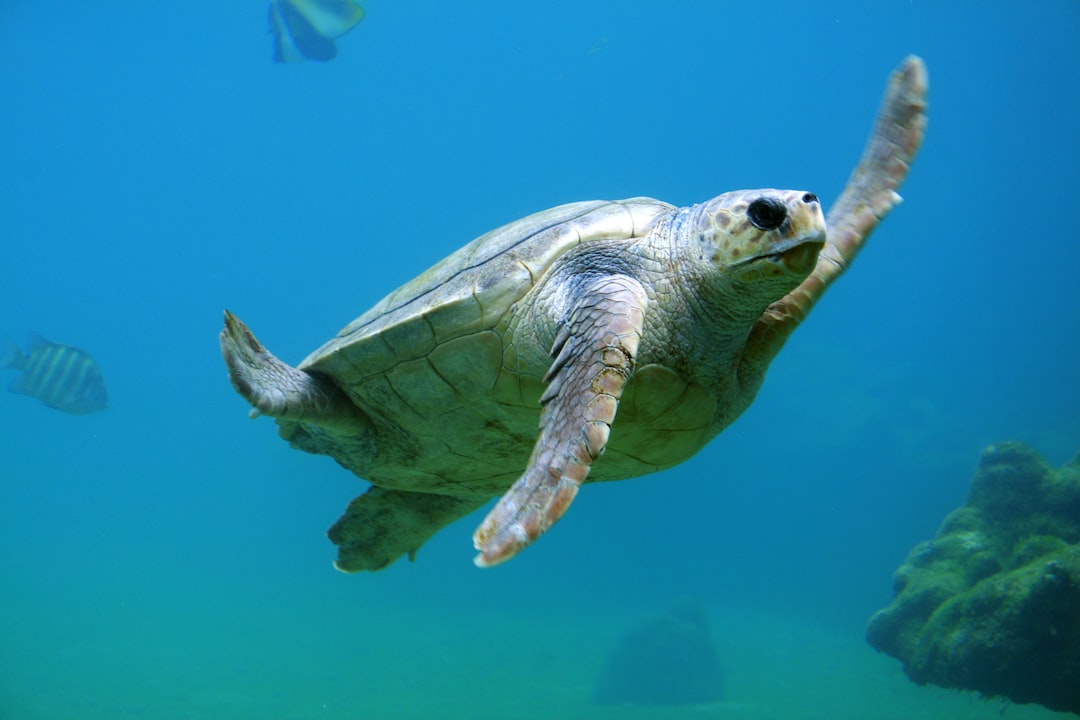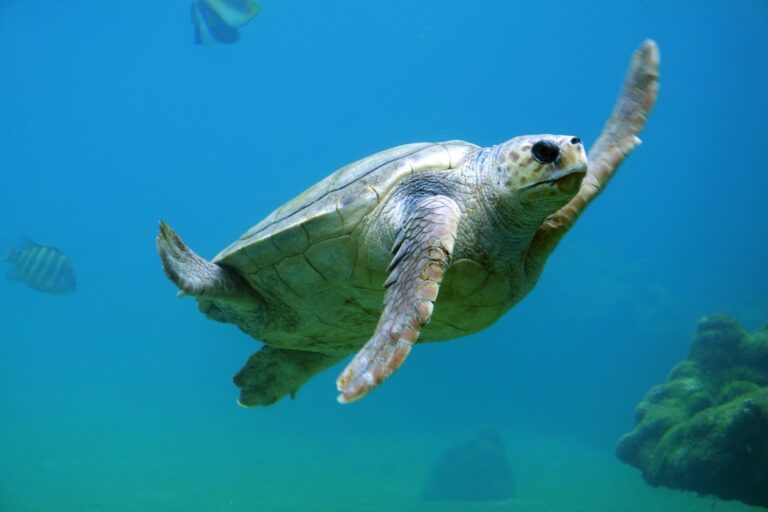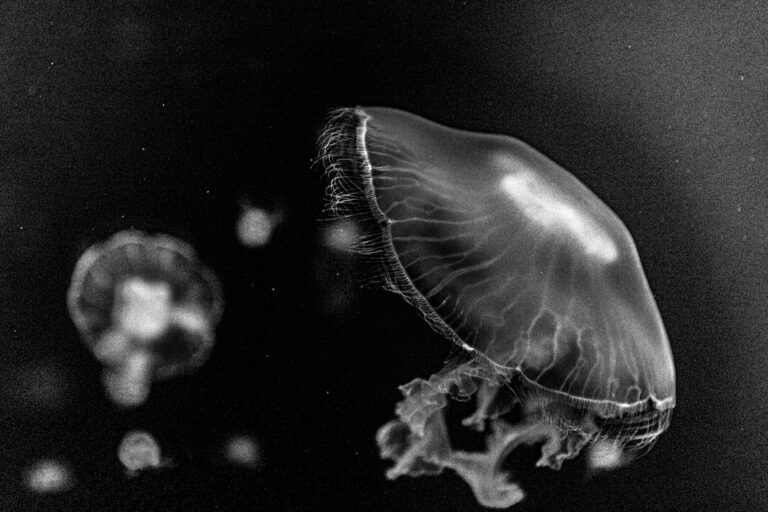Why Do Turtles Bite Themselves?
Turtles are fascinating creatures that have captivated the interest of humans for centuries. They exhibit a wide range of behaviors, some of which are still shrouded in mystery. One such behavior is self-biting, where turtles bite their own limbs, tail, or shell. This behavior can be puzzling and concerning for turtle owners, as they try to understand why their beloved pets engage in this seemingly self-destructive behavior. In this blog post, we will explore what self-biting is, its causes, and how to prevent and treat it.
Table of Contents
What is Self-Biting in Turtles?
Self-biting in turtles refers to the behavior where turtles bite their own body parts, such as their limbs, tail, or shell. It can be a distressing sight for turtle owners, as they witness their pets causing harm to themselves. This behavior can vary in severity, from occasional nibbling to more aggressive biting that causes injury.
Common Causes of Self-Biting in Turtles
There are several potential causes of self-biting in turtles. It is important to identify the underlying cause in order to effectively prevent and treat this behavior.
One common cause of self-biting is stress. Turtles can become stressed due to changes in their environment, such as a new tank or the introduction of a new pet. They may also experience stress if they do not have adequate hiding places or if the lighting in their tank is insufficient.
Nutritional deficiencies can also lead to self-biting behavior in turtles. Turtles require a balanced diet that includes a variety of foods to meet their nutritional needs. A lack of calcium or vitamin D can result in abnormal behaviors, including self-biting.
Parasites can cause discomfort and irritation for turtles, leading them to engage in self-biting behavior. Regular check-ups with a veterinarian can help prevent and treat parasites.
Territorial behavior can also cause turtles to bite themselves. Turtles can be territorial creatures, and they may bite themselves as a way to defend their territory. Providing enough space and hiding places can help prevent territorial behavior.
Stress as a Trigger for Self-Biting in Turtles
Stress is a common trigger for self-biting in turtles. Changes in the environment, such as a new tank or the introduction of a new pet, can cause stress for turtles. They may feel overwhelmed or threatened by these changes, leading them to engage in self-biting behavior.
In addition, a lack of hiding places or inadequate lighting can also contribute to stress in turtles. Turtles need places to retreat and feel safe, and without these hiding spots, they may become stressed and resort to self-biting as a coping mechanism.
To prevent stress-related self-biting, it is important to provide a comfortable and stress-free environment for your turtle. This includes ensuring they have adequate hiding places, proper lighting, and a consistent routine. Gradual introductions of new elements, such as a new tank or new pets, can also help reduce stress.
Nutritional Deficiencies and Self-Biting in Turtles
Nutritional deficiencies can also contribute to self-biting behavior in turtles. Turtles require a balanced diet that includes a variety of foods to meet their nutritional needs. A lack of certain nutrients, such as calcium or vitamin D, can lead to abnormal behaviors, including self-biting.
Calcium is essential for the development and maintenance of strong bones and shells in turtles. A deficiency in calcium can result in weakened shells or bones, which may lead to self-biting as the turtle tries to alleviate discomfort.
Vitamin D is necessary for the absorption of calcium in turtles. Without sufficient vitamin D, turtles may not be able to properly utilize the calcium in their diet, leading to deficiencies and potential self-biting behavior.
To prevent nutritional deficiencies and subsequent self-biting, it is important to provide a balanced diet for your turtle. This includes offering a variety of foods, such as leafy greens, vegetables, fruits, and commercially available turtle pellets. It may also be necessary to provide calcium and vitamin D supplements, especially if your turtle’s diet is lacking in these nutrients.
Parasites and Self-Biting in Turtles
Parasites can cause discomfort and irritation for turtles, leading them to engage in self-biting behavior. Common parasites that affect turtles include mites, ticks, and internal parasites such as worms.
Regular check-ups with a veterinarian can help prevent and treat parasites in turtles. Your veterinarian can perform routine fecal exams to check for internal parasites and recommend appropriate treatments if necessary. They can also provide guidance on preventing external parasites, such as mites or ticks, through proper tank hygiene and regular cleaning.
Territorial Behavior and Self-Biting in Turtles
Turtles can be territorial creatures, and they may engage in self-biting as a way to defend their territory. This behavior is more commonly observed in male turtles, as they are more prone to territorial aggression.
Providing enough space and hiding places can help prevent territorial behavior in turtles. Turtles need areas where they can retreat and establish their own territory without feeling threatened by other turtles or pets. Ensuring that each turtle has its own designated area within the tank can help reduce the likelihood of territorial aggression and subsequent self-biting.
How to Prevent Self-Biting in Turtles
Preventing self-biting in turtles requires providing a comfortable and stress-free environment for your pet. This includes addressing potential triggers such as changes in the environment or the introduction of new pets.
Providing adequate hiding places is crucial for reducing stress in turtles. Turtles need areas where they can retreat and feel safe. This can be achieved by adding rocks, logs, or plants to the tank to create hiding spots. It is also important to ensure that the tank is properly lit, as inadequate lighting can contribute to stress in turtles.
A balanced diet is essential for preventing self-biting in turtles. Offering a variety of foods that meet their nutritional needs, including calcium and vitamin D supplements if necessary, can help keep your turtle healthy and reduce the likelihood of self-biting.
Regular check-ups with a veterinarian are also important for preventing self-biting in turtles. Your veterinarian can perform routine exams and provide guidance on proper care and nutrition for your turtle. They can also help identify and treat any underlying health issues that may be contributing to self-biting behavior.
Treating Self-Biting in Turtles: Possible Solutions
Treating self-biting in turtles depends on the underlying cause. If stress is the trigger, it is important to address the source of stress and provide a comfortable environment for your turtle. This may involve making gradual changes to the tank or introducing new elements slowly to reduce stress.
If nutritional deficiencies are causing self-biting, it may be necessary to adjust your turtle’s diet and provide supplements as recommended by your veterinarian. Ensuring that your turtle has access to a balanced diet that meets its nutritional needs can help alleviate self-biting behavior.
If parasites are the cause of self-biting, your veterinarian can recommend appropriate treatments to eliminate the parasites and relieve discomfort for your turtle. Regular check-ups and routine fecal exams can help prevent and treat parasites in turtles.
If territorial behavior is leading to self-biting, providing enough space and hiding places for each turtle can help reduce aggression and self-biting. Ensuring that each turtle has its own designated area within the tank can help establish boundaries and reduce territorial disputes.
Understanding and Caring for Turtles with Self-Biting Behavior
Self-biting is a mysterious behavior in turtles that can be caused by stress, nutritional deficiencies, parasites, or territorial behavior. It is important for turtle owners to understand the potential causes of self-biting in order to effectively prevent and treat this behavior.
Providing a comfortable environment, a balanced diet, and regular check-ups with a veterinarian are key to preventing and treating self-biting in turtles. By addressing potential triggers and ensuring that your turtle’s needs are met, you can help keep your pet healthy and happy. Remember to consult with a veterinarian if you have any concerns about your turtle’s behavior or health.
If you’re curious about the fascinating behaviors of turtles, you might also be interested in learning why turtles dig holes. This article from Reptile Friend explores the reasons behind this behavior and provides insights into the various purposes it serves for turtles. From nesting and hibernation to thermoregulation and protection, digging holes is an essential part of a turtle’s life. To delve deeper into this topic, check out the article here.







